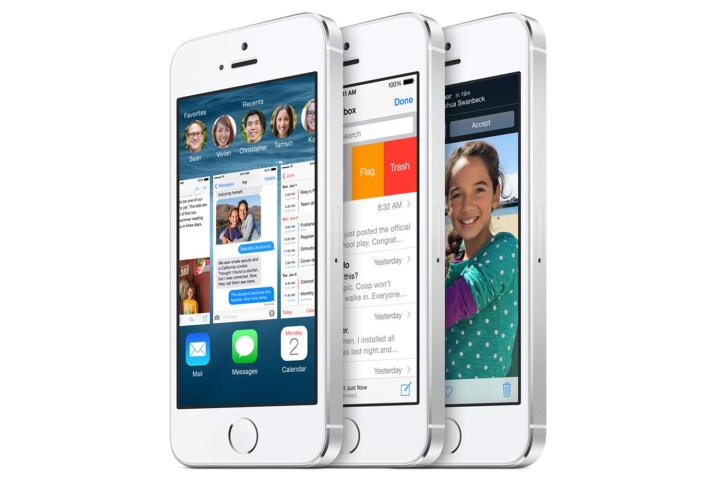
There’s a lot more to iOS 8 than first meets the eye. One Swiss developer spotted yet another interesting new feature of iOS 8 that is sure to fill privacy advocates with glee and upset marketeers who use location tracking to target potential buyers. The MAC address that is typically used to identify devices within range of specific Wi-Fi networks (called Wi-Fi Address in iOS), will be randomized by iOS 8, so that iPhone users can search for Wi-Fi networks under cover without fear of being tracked. Once users decide to join a specific network, the iPhone’s specific MAC address will then be discoverable.
iOS 8 randomises the MAC address while scanning for WiFi networks. Hoping that this becomes an industry standard. pic.twitter.com/oGsZMtydUo
— Frederic Jacobs (@FredericJacobs) June 8, 2014
Why is this so important? Well, it turns out that several high-profile retail stores in the U.S. and beyond use Wi-Fi networks to track potential customers, using their device’s MAC address, and learn more about their shopping habits. J.C. Penney, Nordstrom Rack, Macy’s, Family Dollar, and several other stores use this specific method of location tracking to follow customer’s movements in the store and out.
If you create an account with the store, download its app, or simply click yes on a user agreement to access its Wi-Fi network, the store can then look into your purchase history, see how many times you’ve entered this particular store, and even check out your online shopping record to see which pair of shoes you were admiring the night before in the privacy of your home. Retailers then use this information to target ads for each customer, send promotions, and learn more about your overall shopping habits.
This rather spooky practice has come under fire recently from privacy advocates who believe it’s an invasion of user privacy. Now it seems that Apple has gotten onboard that train of thought, too, with the addition of protections against this type of tracking into the fabric of iOS 8. Since iOS 8 will randomize your device’s MAC address, you won’t have to worry that your personal data is being mined by stores nearby while you search for a trusted Wi-Fi network in the area.
Seeing as recent studies show that more than one in three Americans own an iPhone, and iOS adoption rates are typically lightning fast, Apple’s move to block location tracking via the iPhone’s MAC address in iOS 8 will certainly prevent retailers from targeting many of their customers. Perhaps it will even be enough to end the practice all together, but some have suggested that it may be an attempt on Apple’s part to get retailers to utilize its iBeacon technology. Apple Insider notes that Apple and Starbucks are already testing iBeacon at select coffee house locations.
Editors' Recommendations
- An Apple insider just revealed how iOS 18’s AI features will work
- The 7 biggest features we expect to see in iOS 18
- I found 16 new widgets for iOS 17 that you have to try
- iOS 17: How to share contacts using Apple’s amazing NameDrop feature
- How to remove location data from your iPhone photos


